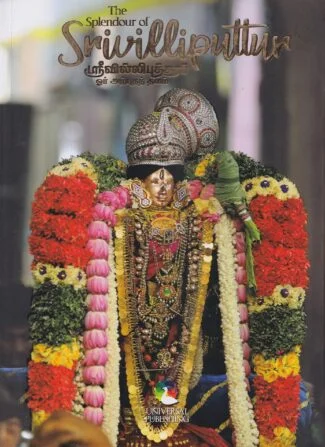
The Splendour of Sri...
The Splendour of Srivilliputtur
by: Chithra Madhavan₹1,200.00 Original price was: ₹1,200.00.₹1,080.00Current price is: ₹1,080.00.
ISBN: 9788195171835
Year Of Publication: 2022
Edition: 1st
Pages : 143
Language : English
Binding : Hardcover
Publisher: Universal Publishing
Size: 30
Introduction
Preface
1. Sthala Puranam
2.An Incarnation through Devotion
3.An Epic of the Bhakti Movement
4.Architecture & Sculpture
5.The Enigma of Andal Nachiyar’s Parrot
6.Festivals
7.Arayar Sevai at Srivilliputtur
8.Songs on Srivilliputtur
9.Andal’s Wedding
10.Inscriptions
11.Prasadams
12.Temples Connected with Srivilliputtur
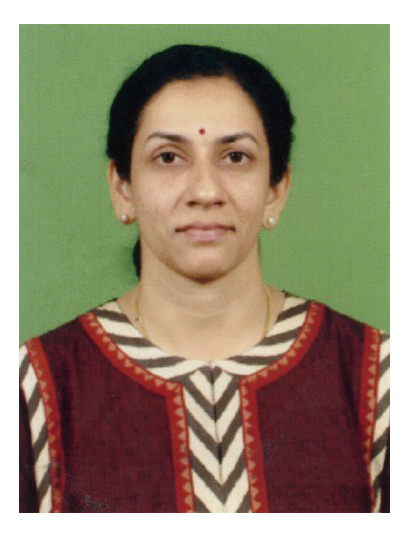
“The Splendour of Srivilliputtur” Cancel reply
- Sale!Art & Archaeology of India by: B.S. Hari Shankar
₹700.00Original price was: ₹700.00.₹630.00Current price is: ₹630.00.The book begins with an introduction on the prehistoric and proto-historic cultures of India. Well-known historians discuss human evolution as gathered from hominid fossil remains, pre-human hominid remains of the Siwaliks and fossil remains of the Narmada basin. The systematic study, mentioning the areas of finds and their geography and other characteristics, examines the nature of cultural relics belonging to each period and dynastic rule; agriculture, trade, settlement and migration patterns related to making, use and spread of art materials; how the finds reflect upon rise of craft and industrial centers at the time; and social and religious aspects of society that are revealed by the art and architecture of the periods. Importantly, it reveals the interchange of cultural thoughts and lifestyles and of art and architectural influences; and the synthesis of artistic style and materials as evident in especially the periods of Muslim rule in India. The book also features fossil finds, art and architectural materials pertaining to painting, pottery, sculpture and iconography, and literary materials like Persian documents housed in the Indraprastha Museum of Art and Archaeology, New Delhi. The materials date from the stone ages, Indus-Saraswati Civilization and Chalcolithic period to what are commonly identified as the ancient medieval and modern periods of Indian history. The volume will be useful to scholars and students of various disciplines history, archeology, art and culture, and sociology.
- Sale!Assimilation of Brahmanism into Buddhism by: Sampa Biswas
₹2,100.00Original price was: ₹2,100.00.₹1,890.00Current price is: ₹1,890.00.Assimilation of Brahmanism into Buddhism is a research work on Buddhism and Buddhist art of early medieval period in India. Archaeological materials and literary records suggest that Buddhism had a continuous existence during the third century bce to the thirteenth century ce in India. Though early Buddhism was totally different in its doctrines and faith from the Brahmanical system, the Buddhism of today is a religio-philosophical system having assimilated and adopted new ideas and beliefs from the environment in which it was born and nurtured.
The introduction of Tantrism bought Buddhism and Brahmanism closer to each other. It opened the gate to the vast field of Buddhist iconography along with Tantric practices, deities, mudras and mandalas. Many of these were influenced by the Brahmanic idea of godhead and some were the combination of one or more ideas of Brahmanic divinities. There was assimilation of a number of factors between Brahmanism and Buddhism.
This scholarly volume addresses the different aspects of this assimilation process by getting into a historical study of Hinayana and Mahayana Buddhism; outlining the political history, and socio-economic and religious changes during 300700 ce; scanning the political and economic background and the spreading of esoteric Buddhism; emergence of Vajrayana Buddhism; and providing a detailed sketch of Vajrayana images. - Sale!Art, Aesthetics and Philosophy by: S.G. Kulkarni, Kavita Chauhan,
₹420.00Original price was: ₹420.00.₹378.00Current price is: ₹378.00.The savants of the twentieth century have excavated the past to discerningly reveal the present. Swami Vivekananda, Rabindranath Tagore, Sri Aurobindo, Mahatma Gandhi and Ananda Coomaraswamy, among others, interpreted Indian aesthetics, civilization, culture and philosophy unearthing the Indian wisdom against the wrong interpretations and teachings of the Western colonial scholars. This volume, a collection of papers presented at a national seminar on the Philosophy of Ananda Coomaraswamy held in February 2011 at the University of Hyderabad, approaches Coomaraswamys philosophy on Indian aesthetics, life and religion from different perspectives.
The volume brings forth different facets of Coomaraswamy: as a catalyst in spiritualizing Indian arts; his views on modernism and anti-modernism; his efforts in aestheticizing India; his polemics of decolonization through art criticism; his aesthetical philosophy; his perception and understanding on art, culture and Indianness; his metaphysics; and his philosophical approach to visuals and materials from the lens of an art historian. It sketches Coomaraswamys multifaceted persona, enunciating that the crux of modern Indian philosophy is one of vision, rather than building theories.
In a nutshell this book presents the varied reflections on Coomaraswamys personality as a philosopher, art historian, art curator and his strong positioning against the colonial teachings of Western art historians and philosophers on Indias art, civilization and culture, projecting an image of Indianness in every sphere. - Sale!Bagore-Ki-Haveli by: Piers Helsen
₹95.00Original price was: ₹95.00.₹86.00Current price is: ₹86.00.Rajasthan boasts of many beautiful monuments and structures of the royalty which stand as evidence to Indias glorious ancient culture and heritage. The Bagore-ki-Haveli is one such edifice. The book takes us through the architectural wonders of the haveli to reflect what it had been the royal household of Maharaj of Bagore. With many splendid colour photographs of its impressive rooms, large balconies, wide terraces and attractive, leafy courtyards, it reconstructs the royal household and its functioning, customs and religious practices, costumes and ornaments, and arts and entertainment. It captures the artistic brilliance of the exquisite glass inlay work and paintings in the restored haveli including a gallery of Madhurastakam paintings describing the loveliness of Sri Krishna and his divine lover, Radha. The work highlights the charming style of the haveli that typifies the best of Mewari architecture but has a unique character of its own. The book, a visual delight presenting a glimpse into the royal lifestyle and splendour of the time, will be invaluable to historians studying the history, art and architecture of north India in the centuries before Indias independence and will also interest readers in general as well as tourists.
- Sale!Absence of the Buddha Image in Early Buddhist Art by: Kanoko Tanaka
₹1,500.00Original price was: ₹1,500.00.₹1,350.00Current price is: ₹1,350.00.It is next to impossible today to even think of Buddhism without the presence of the Buddha image! The image of the Buddha, in truth, has not only come to symbolise the essence of Buddhism but is also a brilliant expression of the cultural/artistic achievements of the Buddhists since ancient times. Surprisingly, the Buddha image developed at a later stage of the evolutionary process; after the parinirvana of the Buddha, the Buddhists for a considerable time beheld the Buddha and experienced him in their own minds without taking recourse to the Buddha image itself. In Absence of the Buddha Image in Early Buddhist Art, Dr. Tanaka, a well-versed scholar, has for the first time ever explored the absence of the Buddha image in Buddhist art particularly in the period from third century bc to late first century ad in order to rediscover the significance of this phenomenon. Dr. Tanaka observes Bharhut and Sanchi sculptures to point out the most essential motifs and elements of stupa-art design the visible facts pertaining to the absence of the Buddha image. The author studies the religious, philosophical, artistic and political significance of the visible facts, highlighting the concept of the empty throne as the motif representative of that absence. She applies the empty throne concept to the sanctuaries of monotheistic religions, and thus undertakes a comparative study of Buddhism and other religions, particularly, Zoroastrianism, Judaism, Christianity, Islam and Sikhism to suggest that present-day discussions on the linkage between religions can centre on this theme. The dexterous handling of the topic combined with the authors use of first-hand research material makes this an erudite study. The directness in the authors approach and the unwavering eye on the theme sustains the interest throughout. An abundance of visual material, i.e., drawings and photographs, and tables immensely aid in analysis of the visible facts. This intense work on a rich theme offers well-researched and interesting material that will be useful to scholars of religious studies, fine arts and even philosophy.



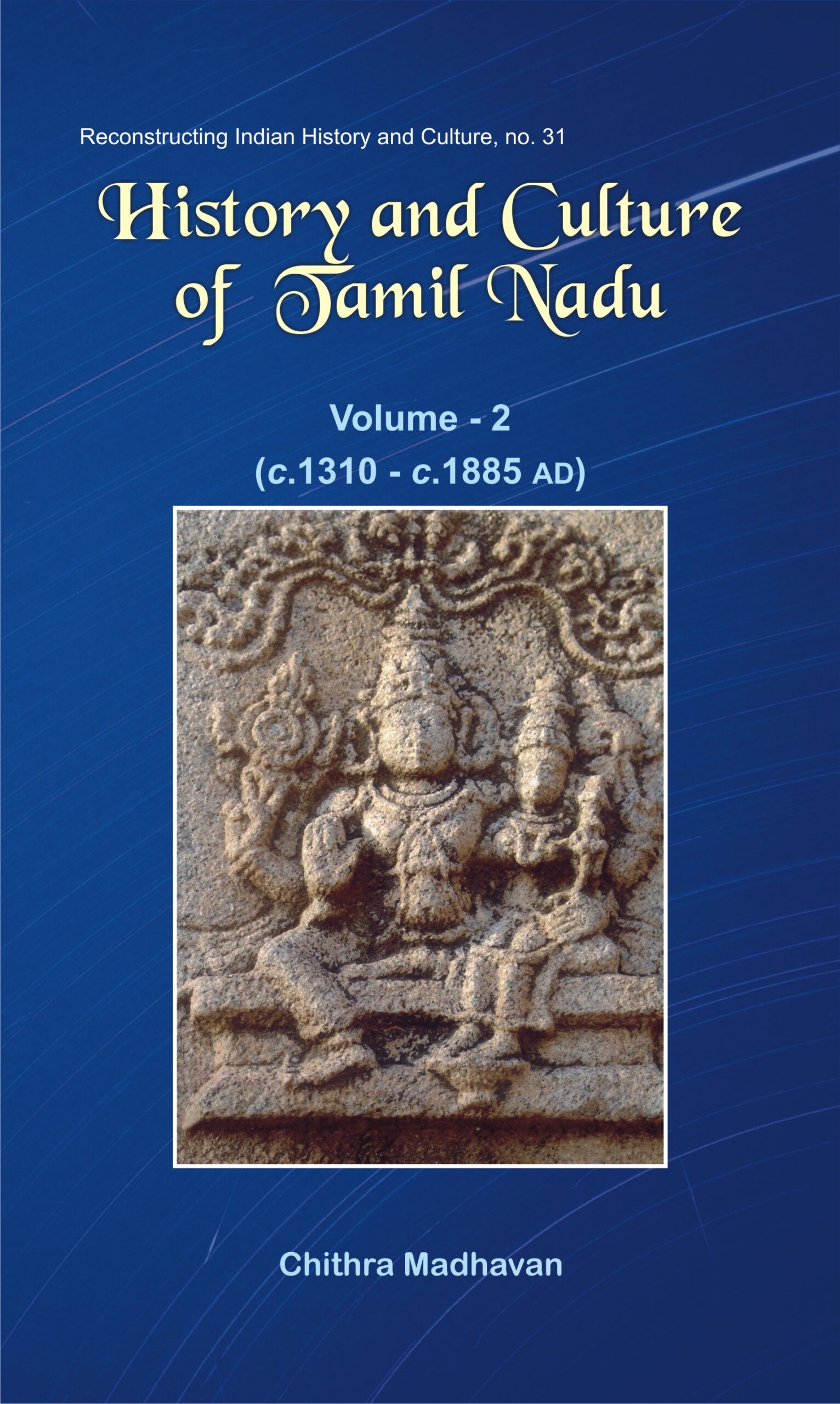



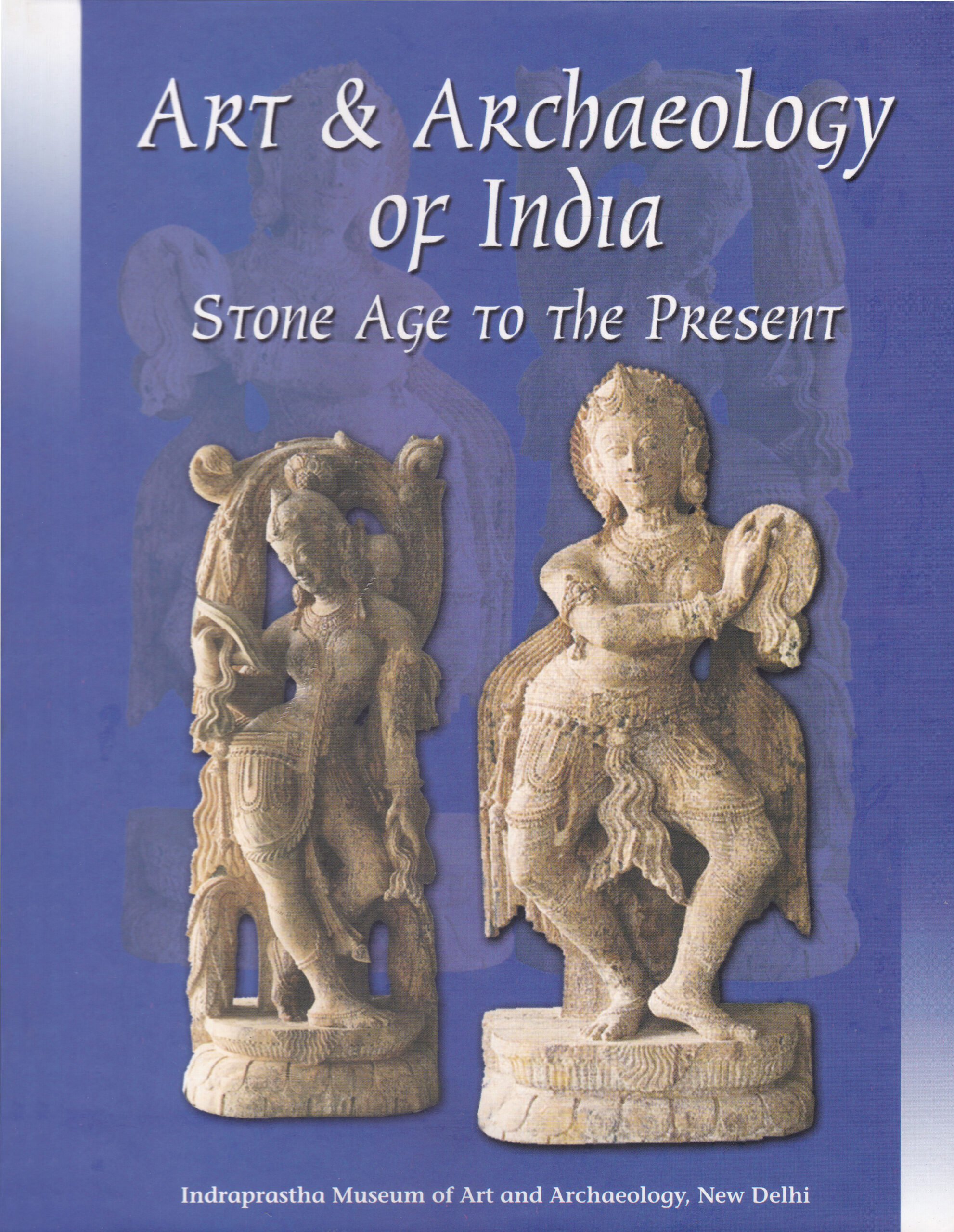
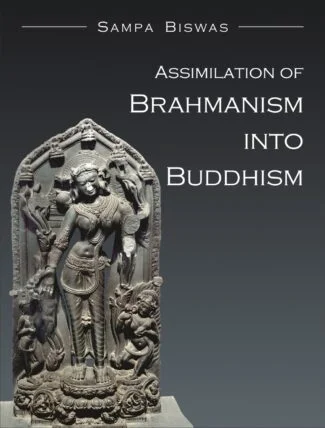
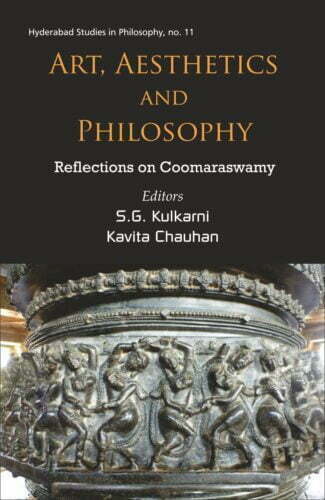
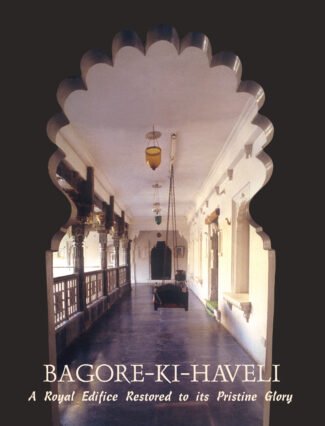
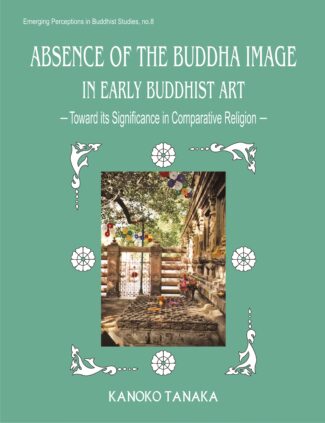
There are no reviews yet.